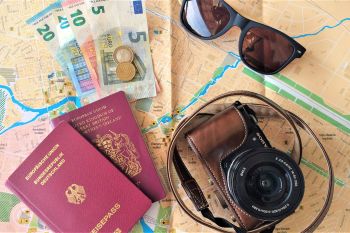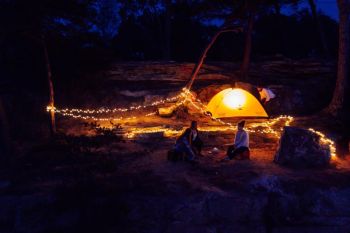
Flying a plane is an exciting, physically demanding, and mentally taxing experience, no matter what type of plane you want to fly. To be able to fly, you must acquire new knowledge, vocabulary, and muscle memory. But the payoff is priceless! The most important aspect of starting any learning endeavour is to have fun while you're learning.
Flying, on the other hand, can be a straightforward process.
Ground handling, on the other hand, takes up a significant amount of time and effort.
Next, you should focus on landing approaches and learning how to use flares in the current weather conditions. Today's paragliding gear is very strong, and most people who get hurt do so because they were careless or didn't follow safety rules.
Flying in light winds and calm conditions makes learning to paraglide much simpler. When flying in winds greater than 10 mph and midday thermal conditions, hang gliders are far safer than parachutes. Launching and landing in light winds can be challenging.
Does learning to paraglide carry any risk?
Statistically speaking, there is no danger at any time. Even so, do you believe that every accident is entered into a global database?
Paragliding accidents in the United States are tracked by the USPHA, the national organisation that issues paragliding licences.
Statistics show that driving a car is more dangerous than riding a motorcycle or skiing. I should point out, however, that nearly every pilot I've known has been in some sort of accident at some point in their career.
Some of them are caused by the most trivial and insignificant of circumstances.
How can you ensure that flying is a safe experience for you? You must first learn the rules of the game before you can learn to fly. You can rest assured that things will be safer if you stick to those guidelines. I'd like to add a few more rules to the mix.
- Don't fly alone, especially in a new location.
- Don't fly if you're feeling under the weather (tired, dehydrated, or hungover).
- Always keep a watch on the weather.
The best way to learn is to read and watch videos. In addition to your national certification, you'll need to complete the SIV course.
PARAGLIDING RISKS:
Pilot error is the primary cause of the vast majority of paragliding accidents.
Even though freak accidents do happen, pilot error is to blame for the vast majority of mishaps in paragliding. For example, the following errors are common.
- You're not double-checking your gear.
- Regardless of the weather,
- Disobedience to authorities
- Disobeying the instructions you've received
- not paying attention to what your instructor is saying.
- Ignoring the advice of more seasoned pilots
- As if you were not paying attention.
- Ignoring the obvious
- Disregard for the environment
- Having an overabundance of confidence
- frustrated and impatient.
Paragliding accidents have claimed the lives of all the pilots I've known personally. In most cases, they lost their lives as a result of flying in conditions they weren't authorised to do so in.
Many paraglider accidents injure pilots because they don't follow their instructors' advice.
TIPS FOR PARAGLIDING TO GET YOU STARTED
Invest in the appropriate equipment.
People can quickly lose interest in a sport if they have the wrong gear. A good place to start is by asking your instructors for recommendations and paying attention to what they have to say.
At the very least, you'll need a paraglider, a harness, a reserve, and an EN966-compliant helmet. The price of a new kit can run as high as $3,000, while a used one can be had for less than $1,500.
If you're purchasing a used kit, make sure to inquire about the kit's service history, which indicates its ability to fly. When it comes to paragliding, getting the right equipment can make or break your flying career.
Enroll in a flying club near you.
Club Pilot certification is required before you can safely fly in a club environment. Of course, you'll have to join a club to do this.
This is most likely the one closest to your home or the paragliding club in which your school is involved. You'll be able to meet and learn from other pilots if you join a club.
Make Adaptive Pals and Take Off with Them
The first few weeks after graduating from flight school can be intimidating, so it's essential that you make friends with pilots with years of experience so you can learn from them.
When you first begin paragliding, it can be difficult to choose a location and a day to fly. With the help of friends, you will arrive on time at the right place.
A club night is a great way to network with other low-airtime pilots and club coaches in your area.






